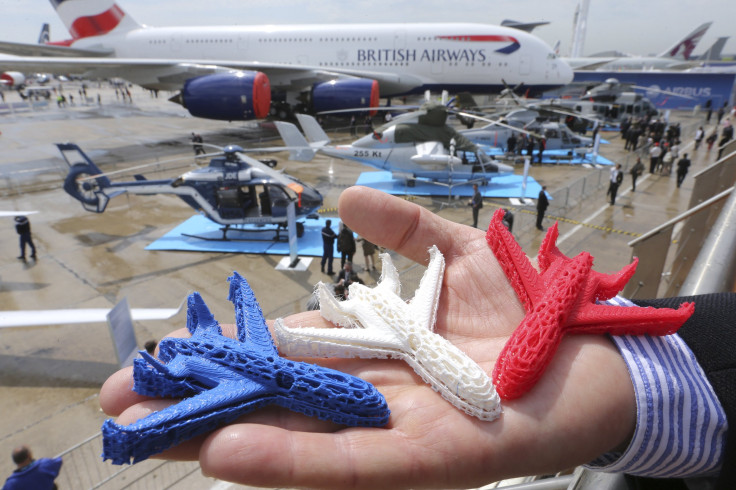3D Printing Could Help China Reclaim 'Factory Of The World' Title

China is quickly catching up with the U.S. in 3D printing technology, challenging American manufacturers' advantage in the field.
To be sure, the gap between the U.S. and China is still large, but China made significant strides this year in 3D printing in a bid to modernize its reputation as a center of cheap mass production, USA Today reported on Sunday. Manufacturers hoping that America’s edge will allow them to slash labor costs and reshore some production back to the U.S. may not have long to act before China catches up.
"Since 2012, we have seen a strong increase in demand for our printers," says Ricky Ye, CEO and founder of DF Robot, which manufactures printers and uses them to make product prototypes on a contract basis. DF Robot’s production facility in the Zhangjiang Business Park in China can manufacture a plastic iPhone case in seven hours, and a pair of black high-heel shoes takes 26 hours.
The technology works like document printers, but layers hundreds or thousands of layers of powdered metal or plastic until 3D objects are sculpted. Since the 1980s, American manufacturers have made prototypes with 3D printers, but in recent years many have been able to produce actual products such as surgical tools, medical implants, and airplane and car parts. Others have used inexpensive “personal” printers to make jewelry, toys and other trinkets.
China, on the other hand, is still producing prototypes, not actual products. That's the sector China needs to develop in order to transform its manufacturing. Currently, China has about 17,000 3D printers, most of them personal, while the U.S. has about 47,000, and nearly half of them are industrial, said Terry Wohlers, president of consulting firm Wohlers Associates, USA Today reported.
But China is catching up at an astonishing rate. Its stock of printers has grown more than sevenfold since 2008, and interest in the technology intensified after President Barack Obama’s endorsement in his State of the Union address earlier this year.
"The comment more than lit a spark in China — it started a bonfire," Wohlers said, adding that Chinese sales of 3D printers have surged. The growing popularity is laying the foundation for more-robust 3D printing productions, and even personal printers can be potentially powerful in enabling more people to transform their ideas into real products.
The Chinese government plans to eventually produce high-tech parts and products with the technology. A new 3D research center opened this year, and nine more are planned. In China, just as in the U.S., 3D printing can yield significant reductions in labor costs. China no longer has the edge of cheap labor it once enjoyed, and 3D printing can help the country expand beyond labor-intensive assembly lines, USA Today reported.
© Copyright IBTimes 2024. All rights reserved.











